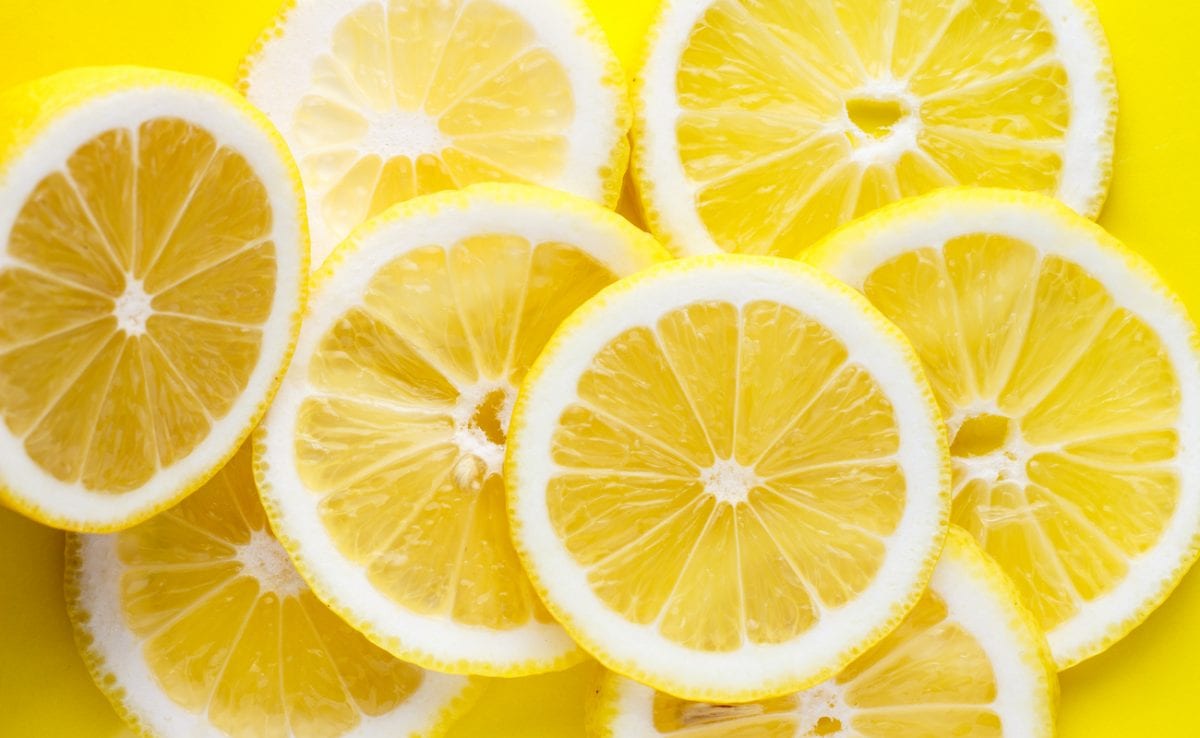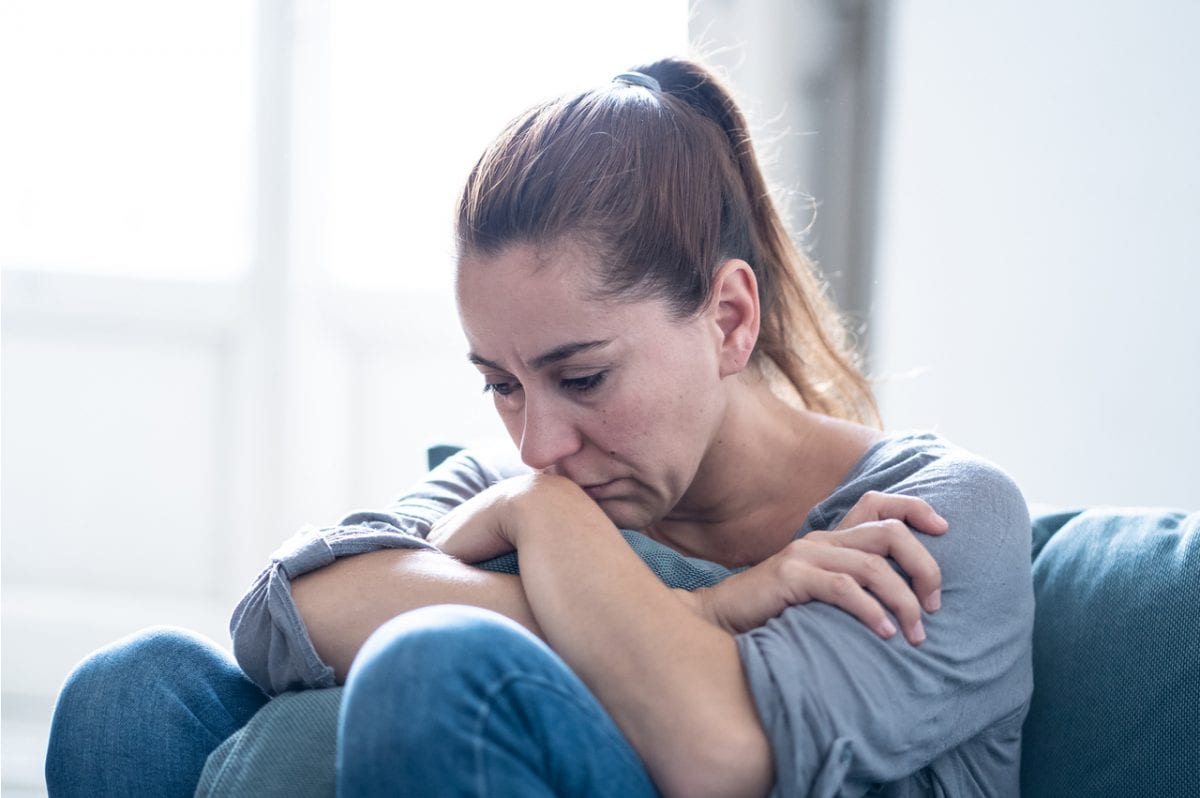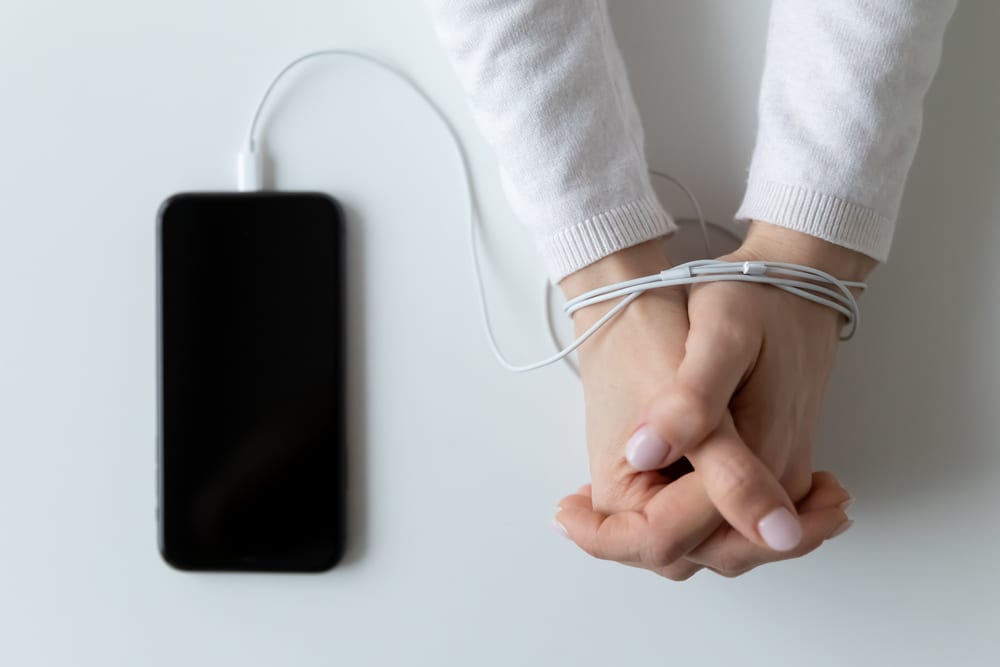Most people, if not all, have something they’re scared of – from ghosts to reptiles, to legendary creatures, to spiders, we’ve all developed a deep fear of a real or mythical creature at some point in our lives. Sometimes, the things that gave us willies and that starred in our nightmares when we were children carry on into adulthood as well.
Phobia, as Merriam-Webster defines, is an illogical and usually unexplainable fear of something, be it a situation or an object. Coming face to face with what you are scared of will make you feel like your heart is going to leap out of your chest, but in more serious scenarios, people may experience more severe reactions and even lose consciousness.
For some, phobias can greatly affect them in their everyday lives – for instance, claustrophobia, the fear of closed spaces, can dictate how a person acts in certain places, like a worker who uses the stairs instead of an elevator. Others who don’t understand the logic behind this irrational fear may just laugh it off and dismiss the person as a scaredy-cat but in reality, it’s a struggle that must be endured all the time by the suffering party.
There are also some whose lives get affected so much that they need to take medication just to keep the stress under control. Although there are others who can manage their fears and overcome them with time, it is important not to underestimate what other people are feeling. That said, it is best to acknowledge weirder, less common phobias that are not-so-popular, but are all too real to ignore.
Xanthophobia

Xanthophobia is the fear of anything yellow, including the sun, daffodils, and paints. Those with an aggressive phobia may even be afraid of the word “yellow.”
Trypophobia
Trypophobia is the fear of repetitive patterns, mostly of holes or bumps, and one look at anything which has irregular circle shapes clumped up will make anyone cringe. Although studies on this matter have been limited, there is a growing number of people who feel uncomfortable looking in Photoshopped photos that depict clustered circular matters.
Throngs of googly eyes, an open pomegranate, coral with lots of pores, as well as bubbles, could trigger this phobia. “American Horror Story” actress Sarah Paulson not only has the fear of clowns but also has Trypophobia.
Hypnophobia
While sleepyheads can sleep soundly for a good 12 hours straight, sometimes, even more, there are those who simply cannot bear falling asleep at all. It sounds weird as everyone typically needs to snooze to restore energy, but there are people who suffer from hypnophobia, or the fear of falling asleep or being hypnotized, although this fear isn’t as widespread as some of the other common phobias.

This is probably the worst phobia to have because there is no way to avoid sleep and at some point, the hypnophobics will need to rest their eyes. It’s already hard to run on less than 7 hours of sleep, just imagine the life of people who can’t sleep but must still go to work or school every day.
Nomophobia
While most of us say we can’t live without our phones, there are also others who take this literally, hence, nomophobia, the fear of being without a mobile device. This is getting rampant nowadays as smartphones have become an essential part of routines – from calling an officemate to checking the latest news, to sharing what’s on your mind.

People hardly recognize this phobia, possibly because bringing mobile devices to everywhere has become the new normal. “Quantico” star Priyanka Chopra has nomophobia and said she feared having no cell signal and running out of battery.
Phobophobia
Perhaps the most ironic of all is phobophobia, or the fear of phobias. One may think that this is far-fetched and may just be made up, but this is real – certain people are really afraid of catching phobias. Symptoms of this are like that of an anxiety disorder: palpitations, panic attacks, and an inability to relax.
Didaskaleinophobia
Going to school, especially at a young age is never fun, sans a few people who enjoy the task. The fear of going to school is called didaskaleinophobia, commonly called “school phobia,” usually experienced by students from 7 to 11. It is found that 2 out of 5 percent of students have this fear.
